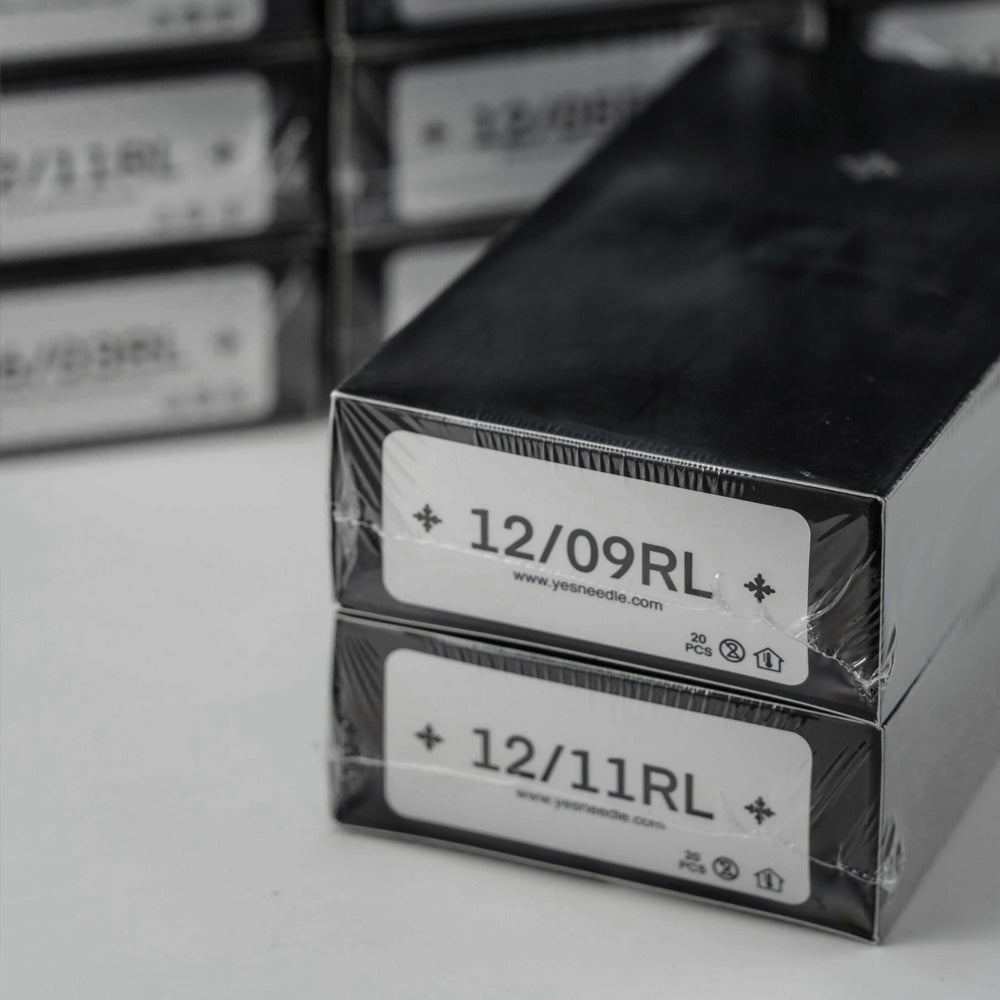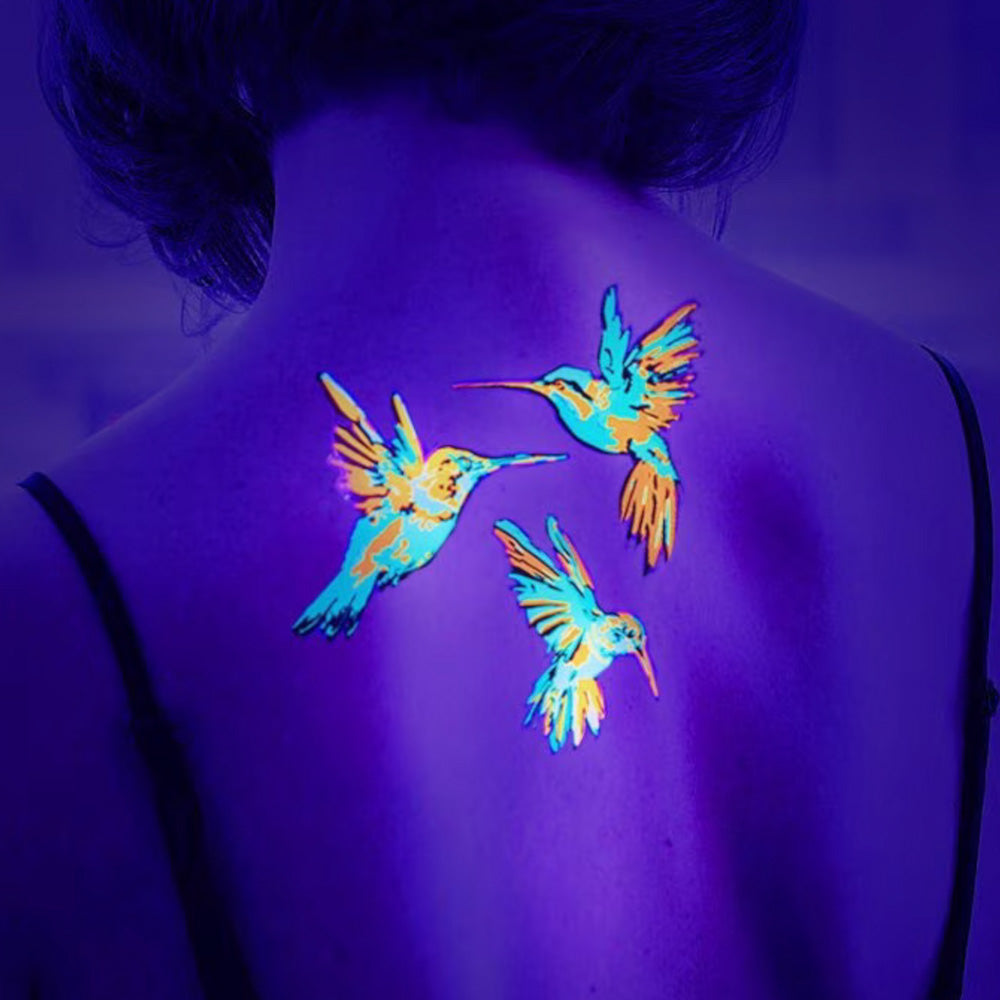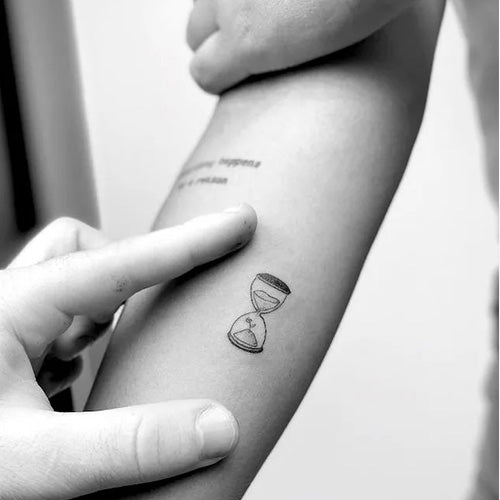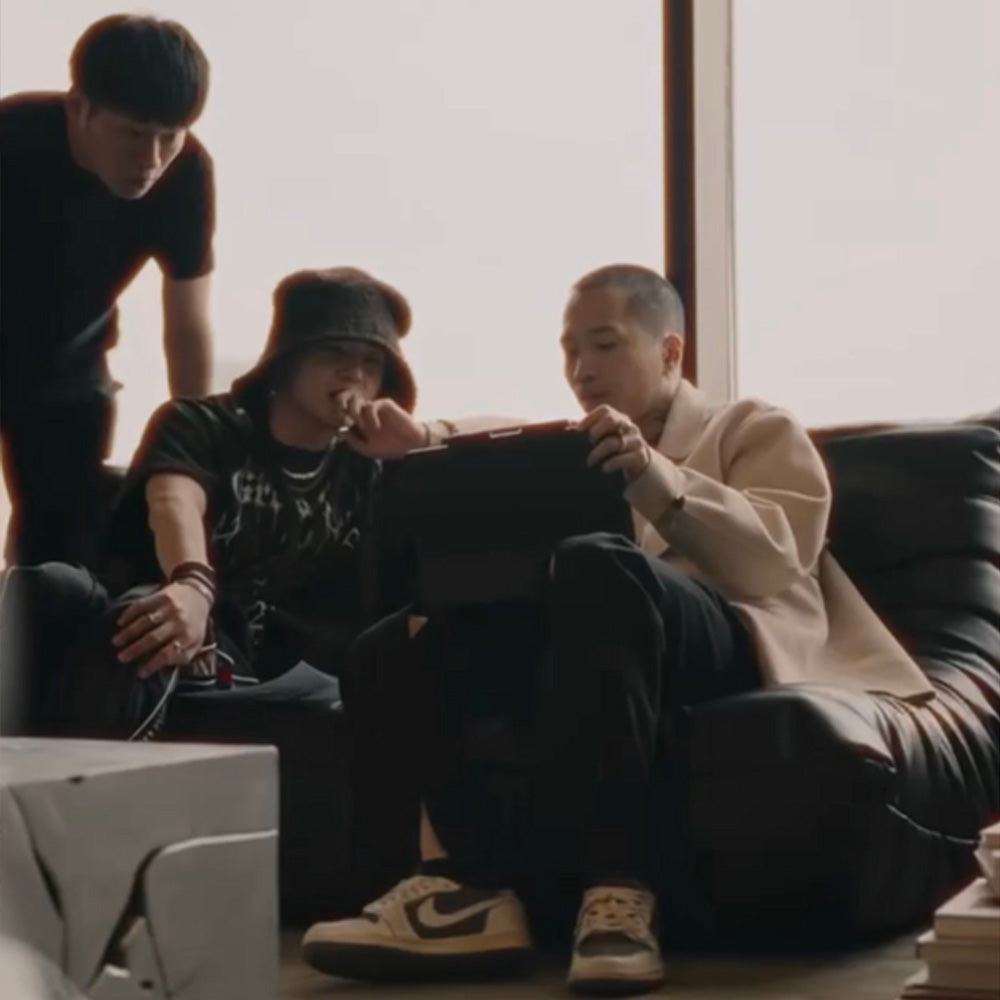How Long Does It Take for a Tattoo to Heal? The Real Timeline No One Tells You
Let's cut through the BS – everyone says "2-3 weeks surface, 6 months deep," but that generic answer is why half our clients end up confused about their tattoo healing process. As artists, we need to get real about healing timelines, because every panicked text at midnight asking "is this normal?" is on us for not explaining it right.

The Honest Answer About Tattoo Healing Time
How long does it take for a tattoo to heal? Here's what I tell every client now:
· Surface healing: 2-3 weeks (when it LOOKS healed)
· Actual skin recovery: 4-6 weeks (when it IS healed)
· Complete deep tissue healing: 3-6 months (when it's bulletproof)
But here's the thing – tattoo healing stages aren't just about time. They're about what's actually happening under that ink, and why your client's tattoo healing timeline might be totally different from their friend's.
Week 1: The "Everything Hurts and I'm Dying" Stage
Days 1-3 are when you'll get those texts: "Is my tattoo supposed to peel already?" No, Karen, that's plasma. Your tattoo is literally weeping – blood cells, plasma, and excess ink oozing out. This is the tattoo care first 48 hours that make or break everything.
The quality of your work shows here. When I use YES NEEDLE cartridges, I notice less trauma, more consistent healing. Why? Because quality needles create uniform wounds that heal predictably. Cheap needles? Inconsistent damage = unpredictable healing = more midnight panic texts.
By days 4-7, the real fun begins. This is when clients discover what "tattoo on fire" really means. The burning, the tightness, the "why did I do this to myself" thoughts. Normal. All normal. But we need to TELL them it's normal before they leave our chair.
Week 2: Welcome to Flake City
When does a tattoo start peeling? Usually day 4-5, peaks around day 7-10. This is when you'll hear: "My tattoo is falling off!" No, that's dead skin. With color. It's supposed to happen.
But here's what nobody talks about – tattoo bubbling. Happens when clients over-moisturize because we scared them about dry healing tattoo risks. There's a balance, and we suck at explaining it. Light moisture, not drowning the damn thing.
The itch during week 2? Absolutely maddening. I tell clients: "You know that satisfying feeling when you finally scratch an itch? Yeah, you can't have that for two weeks. Deal with it." Harsh? Maybe. But better than them destroying their tattoo with their fingernails.
Weeks 3-4: The "Is It Healed Yet?" Deception
This is the danger zone. Surface looks good, client thinks they're done, boom – they're at the beach posting Instagram photos. Meanwhile, the dermis is still rebuilding, and that sun exposure just guaranteed their black will be gray in two years.
How long do tattoos take to heal completely? The surface might look perfect at week 3, but the deeper layers are still vulnerable. Healing stages of a tattoo continue way past what's visible. This is when badly healed tattoo disasters happen – not from infection, but from premature neglect.
The Variables That Change Everything
How long does a small tattoo take to heal versus a full sleeve? Size matters less than you'd think. Location is king:
· Joints (elbow, knee, ankle): Add 1-2 weeks
· High friction areas (waistband, bra line): Slower, needs extra care
· Thin skin (ribs, inner arm): Faster surface, longer deep healing
· Thick skin (back, outer thigh): Steady, predictable healing
Client factors we need to ask about:
· Diabetic? Add 30% to timeline
· Smoker? Circulation sucks, healing slows
· Desk job vs. construction? Movement matters
· Age 20 vs. 50? Younger skin heals faster

The Professional Edge: Why Equipment Matters
Quality needles aren't just about clean lines – they're about predictable healing. When I switched to YES NEEDLE products←←←,
my clients' tattoo healing process stages became more consistent. Same timeline instructions actually work because the trauma is uniform.
Think about it: inconsistent needle groupings = varying penetration depths = different healing rates across the tattoo = client thinks something's wrong = unnecessary panic and bad reviews. Quality equipment prevents this whole cascade.

The Aftercare Talk That Actually Works
Stop with the generic speech. Here's what clients really need to know:
First 48 hours: You're going to leak. It's gross. It's normal. Don't freak out.
Days 3-7: It's going to burn, itch, and feel tight. You cannot scratch it. Period.
Week 2: Tattoo peeling day 4 through day 10 is peak ugly phase. Your tattoo isn't ruined, it's healing.
Weeks 3-4: Looks healed, isn't healed. Stay out of the sun and pool.
Month 2-6: The tattoo is still settling. Moisturize daily if you want it to look good long-term.
The Real Timeline Summary
· So how long does it take for a tattoo to heal?
· Crisis period: First 72 hours
· Active healing: 2-3 weeks
· Deceptive healing: 3-4 weeks
· True healing: 2-3 months
· Fully settled: 6 months
But more importantly , healing isn't just about time
It's about education, quality work with quality tools, and honest communication. Every tattoo infection stages horror story started with poor education. Every healthy scabbing tattoo success story started with proper expectations.
Your clients trust you with permanent art on their bodies. The least we can do is give them real, honest information about what happens next. Stop sugar-coating, start educating, and watch your reputation grow from clients who actually know what to expect.
Because at the end of the day, a well-healed tattoo isn't just good for the client – it's walking advertisement for your work.




